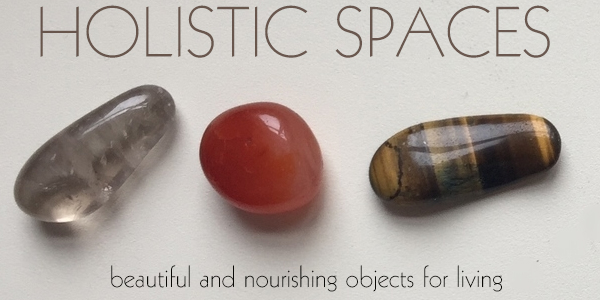There’s just something about fresh-grown produce that elevates a good dish to a great dish. What’s a home cook to do, however, when there’s no home garden to harvest? Flex your green thumb and get ready! Whether your gardening is on hiatus due to seasonal weather or it’s non-existent because of lack of outdoor space, an indoor garden is just what you’re seeking.
Let’s start with where.
You can dedicate as much or as little space to your indoor garden as you wish. Ideally, your indoor plot will have ready access to natural light. A window sill is a natural fit for this. Consider using brackets up a length of your window frame and boards to add shelving if you’d like more window-fronted planting space. Other alternatives are a table, repurposed dresser, or bookshelf placed in a sunny spot. Heavier plants will be happy in beautiful pot on the floor.
If your ideal space doesn’t have ready access to sunlight or you’re growing in the dead of winter, consider purchasing a grow light.
Most of your plants like a nice consistent ‘warm’ state. Aim for a range of 65-75 degrees Fahrenheit. That should be easy enough because it likely falls within the same range a happy human enjoys. Just remember to avoid putting your indoor garden in a drafty space.
So what will you grow?
Some plants are more readily adaptable to indoor gardening than others. As an example, you can grow tomatoes indoors, but certain varieties will be happier in a pot near a window than others. Smaller fruited plants like cherry, grape and plum will perform better than the larger varieties.
Carrots and other root vegetables require a good amount of room to grow down. If you want to try your hand at some crunchy goodness, look for a window box or pot that’s at least a foot and half deep. Alternatively, grow varieties that tend to be more short and squat than long and lean. One more tip: water your carrots with tepid chamomile tea to help ward off fungus!
It’s probably no surprise that microgreens are a good indoor option. Look for a shallow pot or tray (no more than 2 inches deep) and use a seed mix containing greens like kale, Swiss chard, beets and mesclun. Mist the soil daily to keep it from drying out. Once the greens have grown 1-2 inches tall and have at least two sets of leaves on them, they’re ready to eat. Other good indoor plants include: lemons, potatoes, herbs, mushrooms, beans, and strawberries. Don’t stop there, either! Do some digging and experimenting to see what works well in your space.
Your garden is also your décor.
As practical (and yummy!) as an indoor garden might be, it’s also unique and beautiful design choice! Get creative with your planters; empty tins (with drainage holes added), troughs made from reclaimed wood, and old shoe organizers can all make unique and beautiful planting options.
If you’d like to learn more about feng shui check out the Mindful Design Feng Shui certification program. Laura Morris and I are launching our program in September 2018. We have a free webinar “Five Feng Shui Tools Revealed: Must-Do Business Boosters for Soulpreneurs and Wellness Practitioners” coming up, too! To get on the list about it, sign up at: www.mindfuldesignschool.com.
Mindful Design is a new way to learn feng shui. Our unique training program takes an holistic approach to learning the art of feng shui design. Mindful design is about becoming aware, and attentive, to the energy around you: both inner and outer qi. It is about promoting a better way of living and creating sacred spaces that support, and nourish.


